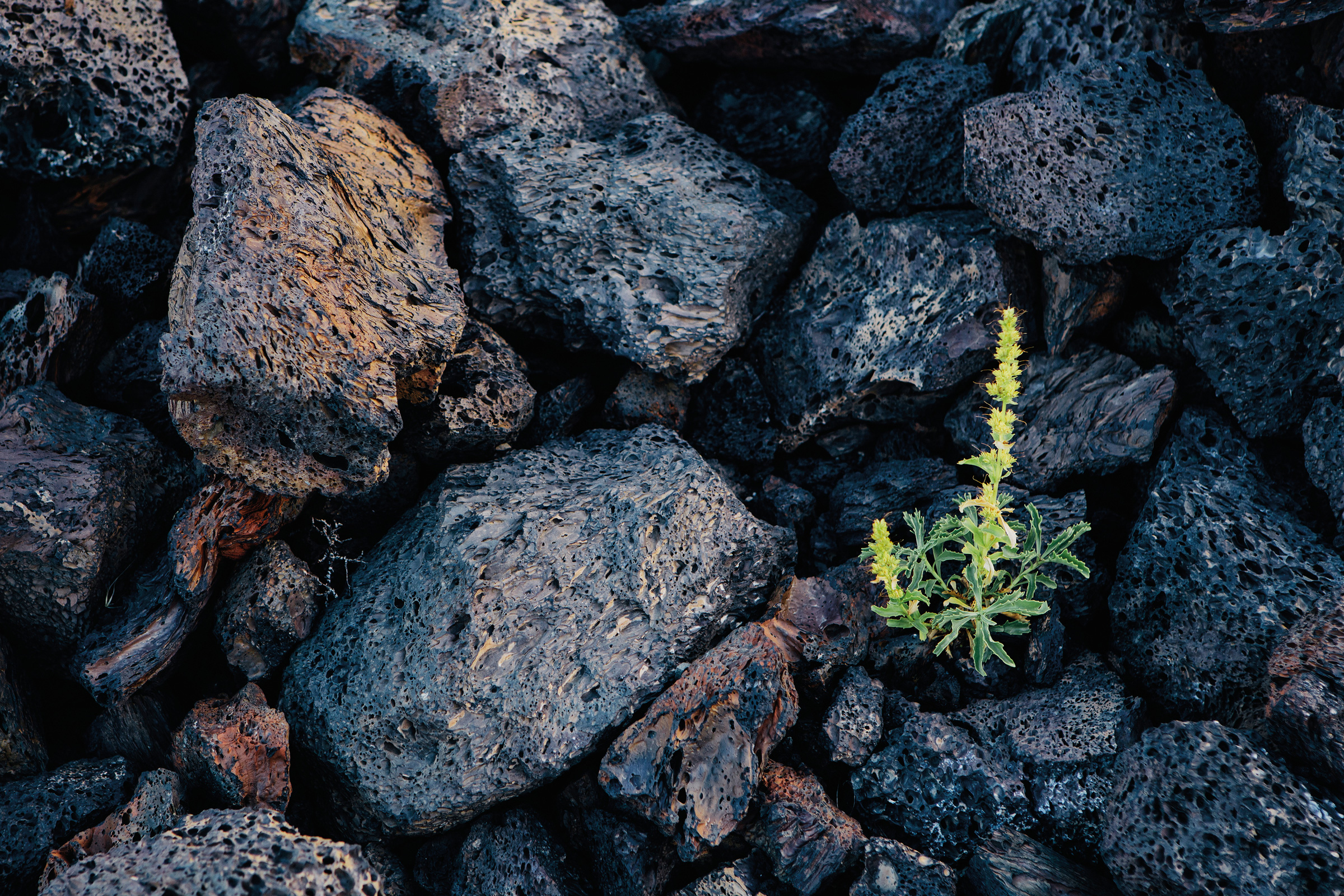Forgive me if you’ve heard this before, but it bears repeating, again and again, until every person, corporation, and government gets on board: Climate change is the greatest singular threat to life on our planet.
Examples of how global warming is already impacting our lives abound. Consider this: In 1980 the US experienced three billion-dollar weather and climate events compared to 22 in 2020, including countless wildfires and a historic hurricane season. In addition, The Washington Post reported that the average American home experienced more than eight hours without power last year—more than double the average outage time just five years ago.
No region is safe, but more upsetting to me on a personal level was watching my mother go through the catastrophic power outages in Texas last February. I live in New York and worrying about my 73-year-old mother across the country who was experiencing loss of power and heat during a global pandemic was stressful to say the least. We were lucky that my mom only suffered discomfort and the cost of replacing her water heater; however, it brought the realities of climate change and the importance of resilient infrastructure to a whole new personal level for my family.
I’m not sure we’ll ever be able to convince the outright climate-change deniers to join our efforts, but we do have the opportunity to demand that those who only “talk the talk” on environmental sustainability get serious and take action. Now. No more lip service.
Do I sound angry? You bet I am. Am I doing anything myself to help make a difference? Absolutely.
I do my best to make environmentally friendly choices on a daily basis, like biking our kids to school rather than driving. I also work for a corporation that puts its money where its mouth is when it comes to its sustainability policy. It’s my job to help shine a light on those efforts so others in the industry and beyond can follow this example.
How ROCKWOOL walks the talk.

Photo courtesy of ROCKWOOL North America, Getty Images
Most big global corporations have incorporated policies of some kind related to environmental sustainability. Some do better than others at following through. I can only speak for the efforts at ROCKWOOL to make its commitment to sustainability more than a tagline.
Those of us in the global construction materials industry are in a unique situation today. Not only do we have the opportunity to adapt our own operations to reduce carbon emissions, but we also have the potential to create innovative solutions to help meet critical climate action targets. Let’s take a closer look at how ROCKWOOL does that.
-
Stone wool insulation products from ROCKWOOL can dramatically improve the energy efficiency of buildings—the primary source of carbon emissions in urban areas.
According to C40 Cities, urban communities account for nearly 70% of the world’s energy consumption and CO2 emissions. While new building construction today is more likely to incorporate an energy efficient strategy from the outset, the real opportunity lies in deep energy retrofits of aging building stock. Energy renovations can provide up to 55% of the GHG emissions reduction needed to reach the 2030 targets and align with a 1.5 ̊C trajectory.
Where does insulation fit into this?
A high-performing building envelope—which includes quality insulation—is the best way to reduce energy consumption and improve a building’s energy efficiency. Reducing energy demands in buildings by improving the envelope and then generating renewable energy to satisfy the remaining requirements is the most efficient, cost-effective way of decarbonizing society and supporting a socially equitable energy transition.
High-performing buildings that are well insulated reduce heating and cooling needs and thus the energy load required to run those systems; this helps decrease daily power system fluctuations, providing extra flexibility for the grid. In addition, well-insulated buildings are more resilient to temperature fluctuations, including those caused by power outages, providing more reliable comfort for residents for longer periods of time. The increased quality of living combined with long-term savings on energy bills makes insulation a critical, if often unseen, component of the available climate solutions.
Here’s the other great thing about renovations: Those projects have the potential to provide an immediate and effective economic stimulus to urban communities, by supporting local businesses and laborers with well-paying, green jobs.
-
ROCKWOOL is on a path to global decarbonization.
ROCKWOOL’s sustainability policy isn’t a stand-alone document. It is integral to our overall business strategy. That strategy is based on three principles: using less, greening the rest, and addressing climate hazards.
How? Our sustainability plan is fact-based and auditable. We actively contribute to 10 of the UN Sustainable Development Goals (SDGs) and have set six additional sustainability goals and two science-based targets, which equate to an ambitious one-third reduction of ROCKWOOL’s life cycle (Scope 1,2, and 3) greenhouse gas emissions by 2034.
We’re also moving to less carbon-intensive energy sources for our manufacturing, including converting factories using fuel-flex operations from coal to gas. Our newest facility in the US started operations in the summer of 2021 powered only by natural gas. Two factories in Denmark have already been converted to natural gas and certified climate-neutral biogas, and there’s another in Poland undergoing the same conversion in 2021. At the same time, we’re increasing our large-scale electric melting technology in regions where the electricity grid is already low carbon.
And there’s more!
We practice circular economy principles by recycling our own waste and that of other industries, reducing the overall waste going to landfills and our own dependency on virgin raw materials. In 2020 we increased our global annual average recycled content by 25%. And our production process is designed for zero wastewater discharge to the environment.
We’re proud of these efforts, and happy that others are taking notice, too. To date ROCKWOOL has received a number of prestigious awards for these sustainability efforts, including the 2020 European Business Award for sustainable production practices. More recently we were recognized by EY in Denmark (home to our global headquarters) and the Danish Chamber of Commerce with a Special Award for Long-Term Value Creation to celebrate companies that excel in sustainability and that have documented considerable impact.
Let’s talk more about stone wool.

Photo courtesy of ROCKWOOL North America, Getty Images
At the end of the day, we’re still in the business of making and selling stone wool insulation. The good news is that these products themselves come from nature and give back to nature. Which brings me to my third and final proof point on ROCKWOOL’s commitment to sustainability:
-
Stone wool insulation products from ROCKWOOL are a part of the solution to the challenges presented by climate change.
It’s right there in the name. Our products are made from stone—the most abundant natural resource on earth and fully recyclable. You might hear us talk about harnessing the natural power of stone; that’s because our stone wool insulation carries many of the same properties as the raw material. They are lasting, durable, and resilient.
Specifically:
-
The insulation performance of stone wool products will not change during the lifetime of a building; the thermal properties and dimensional stability does not deteriorate over time.
-
Same goes for fire resistance and acoustic performance of ROCKWOOL stone wool products.
-
They are the ideal material selection for building fire-resilient structures. Stone wool insulation will not ignite, contribute to the spread of flames, or release toxic smoke.
-
Stone wool insulation also offers superior water-repellant properties, keeping buildings comfortable and dry all while resisting the growth of mold.
ROCKWOOL believes in the integrity of its products so much that transparency is a critical and integral component of its operations. Products are exhaustively tested by five third-party certifying bodies: UL, Intertek, QAI, ICC-ES, and FM. We also participate in Declare—a voluntary self-disclosure product labeling program that promotes healthy building materials through product transparency and ingredient disclosure—and provide Health Product Declarations (HPDs)—a standardized method of declaring all ingredients in a material and their associated health risks—as well as Environmental Product Declarations, Transparency Bulletins, and Safe Use Instruction Sheets.
Many stone wool insulation products from ROCKWOOL are also GREENGUARD Gold–Certified, a designation that places stringent limits on emissions of more than 360 volatile organic compounds (VOCs).
It’s a marathon, not a sprint.
Yes, the need to act on climate change is urgent, but the commitment to environmental sustainability is a marathon, not a sprint. We won’t be satisfied to just check the sustainable box once we reach our targets.
ROCKWOOL’s North American President Rory Moss likes to say he thinks it’s possible to build a better business by building a better world. He sees the challenges of urbanization, intensification, and development continuing and introducing even further challenges over time. ROCKWOOL will, for its part, continue to be part of the solution, with products like stone wool insulation that can help reduce energy consumption and carbon emissions. But if we are going to protect our planet from the most devastating impacts of climate change, it’s going to take a widespread, systemic change – one we can’t do alone. We invite our partners in the building materials sector around the world to join this effort with similar policies—and practices—that will make a real difference.
It’s a bold position, but one that all the leaders at ROCKWOOL believe will be the key to its success for generations to come.


